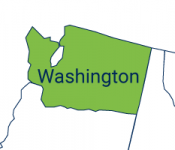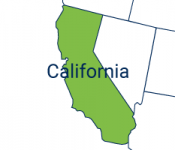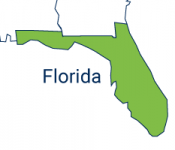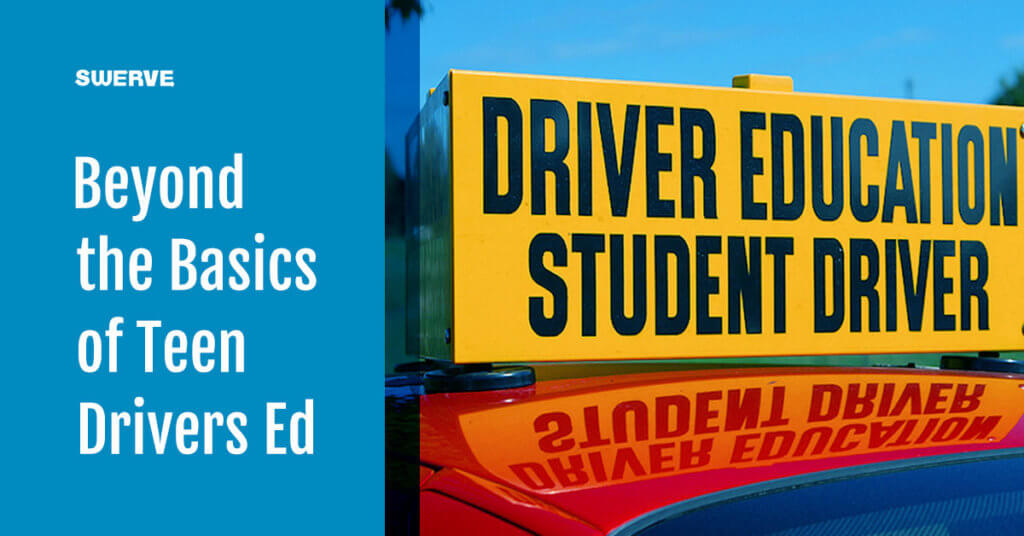Our teen driving school was built from the ground up to provide new drivers with the knowledge, skill, and experience they’ll need to safely navigate the ever-growing traffic out there.
This includes teaching the rules of the road and emphasizing the need to obey traffic laws. We cover the mechanical aspects of controlling a vehicle in motion and how to be cautious of potential dangers on the road.
So far, so good – and so basic. These are the foundational elements of a drivers ed course that will cover the things every teen needs to pass their driver’s test and acquire their license.
Here, we go further than that. We go beyond the basics to ensure that when your teen is ready to drive, they will be able to contribute to a safer environment for everyone.
So, let’s take a look at some of the other elements we teach to make a great driver.
Dealing with Distractions on the Road
Distracted driving – whether it’s teens or adults – is one of the biggest threats on the road. It can be more problematic for teens, though, since they have less experience behind the wheel. (Though obviously we’re not condoning any kind of distracted driving for anyone at any age.)
The AAA Foundation for Traffic Safety did some research on this subject and found that the most common distractions included:
- Interacting with passengers
- Using cell phones
- Looking at something else inside the car
- Staring at something outside the car
- Singing and “getting into” the music
- Personal grooming
- Reaching for something in the car
These all seem like simple, harmless things, but they can all lead to traffic collisions. Our program focuses on teens understand the seriousness of the situation.
Dealing with Extreme Road Conditions
U-turns, three-point turnabouts, parallel parking, and a wide range of other maneuvers can be taught and learned quick efficiently – but learning how to safely complete those maneuvers in unexpected weather conditions is something else entirely.
We focus on sharpening your teen’s driving skills to a high enough level that they can safely deal with rain, snow, fog, ice, wind, and even low light conditions.
Dealing with Traffic
It often seems like you’re the only one out on the road who actually knows how to driver properly. We understand that feeling, but we teach our young drivers to be tolerant of others and find safe ways to handle other drivers who are all too aggressive, oblivious, or unsafe.
Our teen driver’s ed courses make sure our drivers understand how things like bad weather creates tense situations, which always bring out the worst in others.
(This is an area where you, as a parent, can help by modeling the best behaviors.)
We show teens effective ways to deal with other drivers, read the traffic flows, make safe choices by not assuming anything about others drivers and what they can see/will do.
We also help teen drivers understand that if they feel uncomfortable because of the current driving conditions it’s okay to slow down or even pull over until they feel better. We teach that there’s no reason to feel like they have to go faster if someone is tailgating, or pass someone who is going the speed limit, or engage in any unsafe behavior just to make a point.
Building Your Confidence
Confidence is critical for safe driving. We want to help your teens feel safe and secure behind the wheel so they’ll be able to make good decisions in the moment when something unexpected happens.
We don’t want anyone clenching up, holding their breath, or being indecisive when something occurs on the road. We want your teens to be confident in their knowledge and skills any time they’re behind the wheel.
Cutting out the Road Rage
Like it or not, road rage can happen to the best of us. At some point, there is simply going to be something that makes you angry while you’re driving.
Teens can have an even harder time dealing with these sudden surges of anger, so we want to make sure they can fall back on some important guidelines.
- Never do anything that would force someone else to change their speed or direction on the road.
- Don’t attribute anything to malice that could be explained by ignorance. In other words: whatever they did probably wasn’t personal
- Be aware of your mood and make sure you’re not projecting a bad day onto someone’s bad driving.
- Never escalate the situation.
- Be the generous driver.
And if someone else has failed to follow these guidelines and is raging at you, then we teach how to stay as safe as possible despite the anger of others.
Start Your Teens with More than the Basics
Getting a driver’s license is a huge step in your teen’s life. However, while they’re going to be excited to get out and enjoy their new independence, it’s important to make sure they understand more than the basic driving skills.
Before they get on the road, let’s teach them how to go beyond the basics and make every trip safer.




